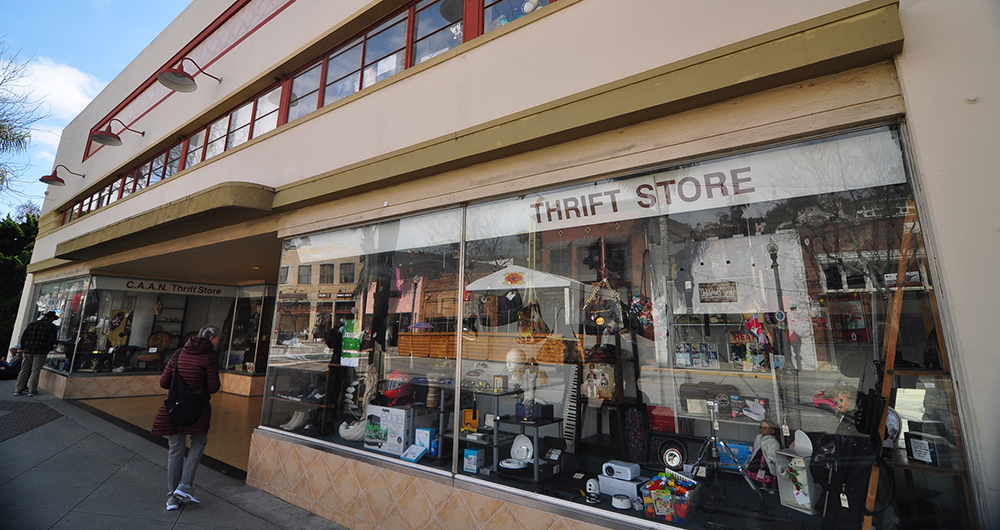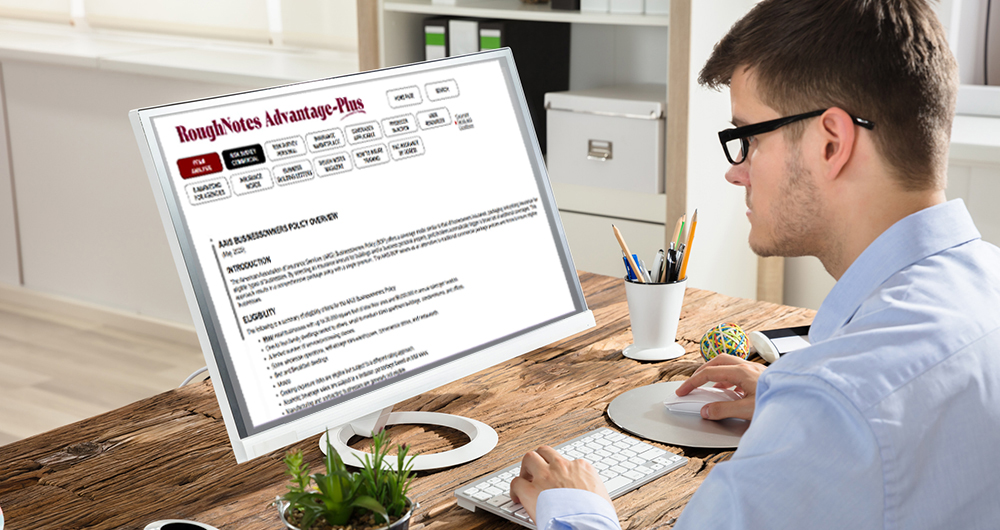Hey, Isn’t that Property Still Insured?!
|

A burst steam pipe erupted in a space leased by a clothing retailer. Besides causing a lot of damage, it also generated a flood of confusion. The policyholder and its insurer immediately ran into a serious dispute when the former submitted a loss. Rather than a commensurate response, the insurer essentially denied coverage.
The two parties decided to pursue resolution via a courtroom. Their disagreement revolved around the status of ownership regarding the store’s damaged inventory. The main issue was that much of the inventory was held under consignment.
Click below to find out whether the insurer was obligated to cover the loss, in which it questioned whether an insurable interest existed.
|
| |
If You Don’t Own it, We Don’t Owe You!
|

The above situation, as mentioned, was enmeshed in the fact that the damaged merchandise was not all owned by the policy’s insured. That situation led the insurer only to offer protection from an additional coverage provision. However, that section of the policy was restricted to a total limit that represented barely one percent of the estimated inventory damage.
Fortunately for the insured store, their opinion regarding coverage aligned with the court where they sought help. The court ruled that the insurer failed to make an effort to identify what property was owned and which was consigned. This resulted in no valuation being made for the damage that occurred to owned property. The court also ruled that the insurer’s definition of insurable interest was too narrow. Therefore, the loss needed to be handled in accordance with the court’s findings. However, there appears to be some question about the court’s take on insurable interest as well.
Click here for relevant information about commercial policies that protect business personal property. It is from the Commercial Property section of Gordis on Property and Casualty Insurance found in Advantage Plus.
|
| |
Be Reasonable, Be Rational, or Be Sued!
|

While most claims, by far, are resolved without slinging around lawsuits, many more might be avoided by spending more time analyzing situations prior to making initial decisions. A major reason a court found justification in siding with the plaintiff clothing store was the insurer’s quick decision on coverage. It appeared to be lacking both effort and rationale.
Consider how the insurer could’ve focused its attention. The policyholder leased its space, so the loss did not require examination of any structural losses, just the merchandise claim. The insurer’s position was that its only obligation involved owned property. In that case, what was the reason it spent no time determining what percentage of the merchandise was owned by the policyholder? Why did it fail to determine the value of the owned property and attempt to settle the claim at that amount?
Click here for some insightful questions that help flesh out retail store operations. It is from the Commercial Lines Survey found in Advantage Plus.
|
| |
A Higher View Can Also Be Wrong
|

Courts are often relied upon to resolve disputes among parties with opposing yet meritorious arguments. However, they can also be a drain on precious resources when parties leap to litigation. Loss payments should be aggressively pursued when a case can be made that a loss is eligible for coverage. The insurance mechanism is also served best in instances when denials are justified. It may sound like an insurance cliché, but courts should not only be a last resort, but the best one.
In this situation, a court aligned with the policyholder, determining that the insurer’s position regarding having an insurable interest in the merchandise was not restricted to ownership of the property. It ruled that the obligation within its consignment agreement to provide insurance for lost or damaged property constituted a form of insurable interest. However, the court may have confused insurable interest with contractual liability.
Click here to see a tips page on how to use each of our products. It is a great reminder that help can often be found from various sources, using different angles. It is from User Resources found in Advantage Plus.
|
| |
|
|
|